How To Avoid Selling Unoriginal And Inauthentic Products
05/06/2025

Customers rely on branding when buying products and they may leave negative reviews if they feel misled about the brand of a product they bought. Follow these top tips to ensure your products aren't confused with other brands:Key Points:
- If you're selling your own products, ensure they have a unique "look and feel". Avoid selling products that your customers might think were made by established brands.
- Original branding, and product design and packaging are useful ways to distinguish your products. Customers are less likely to consider these products inauthentic or unoriginal.
✅What To Do
- Ensure your product has unique branding, design and packaging.
- Unique branding means there is no similarity between your brand and other brands. For example, using Brand XY for your products when there is already a well-known Brand XYZ is not allowed. It could also confuse your customers, who might think your product comes from Brand XYZ.
- The same principles apply to your product's design and packaging. You can check if these are similar to existing products by scanning your product using image recognition software like Google Lens.
- You can also check your product's similarity with the branding of existing products by reviewing its key elements:
- The key features of your product's design or packaging. These include brand names, logos, words, symbols, slogans, patterns, monograms, fonts, and standout graphic designs.
- The layout of these key features. This refers to where and how these features appear on your product.
- The words used to describe your product. This includes any information about your product's benefits, capabilities, and functions. You can check if the way your product information is described is similar to an existing product by doing a web search.
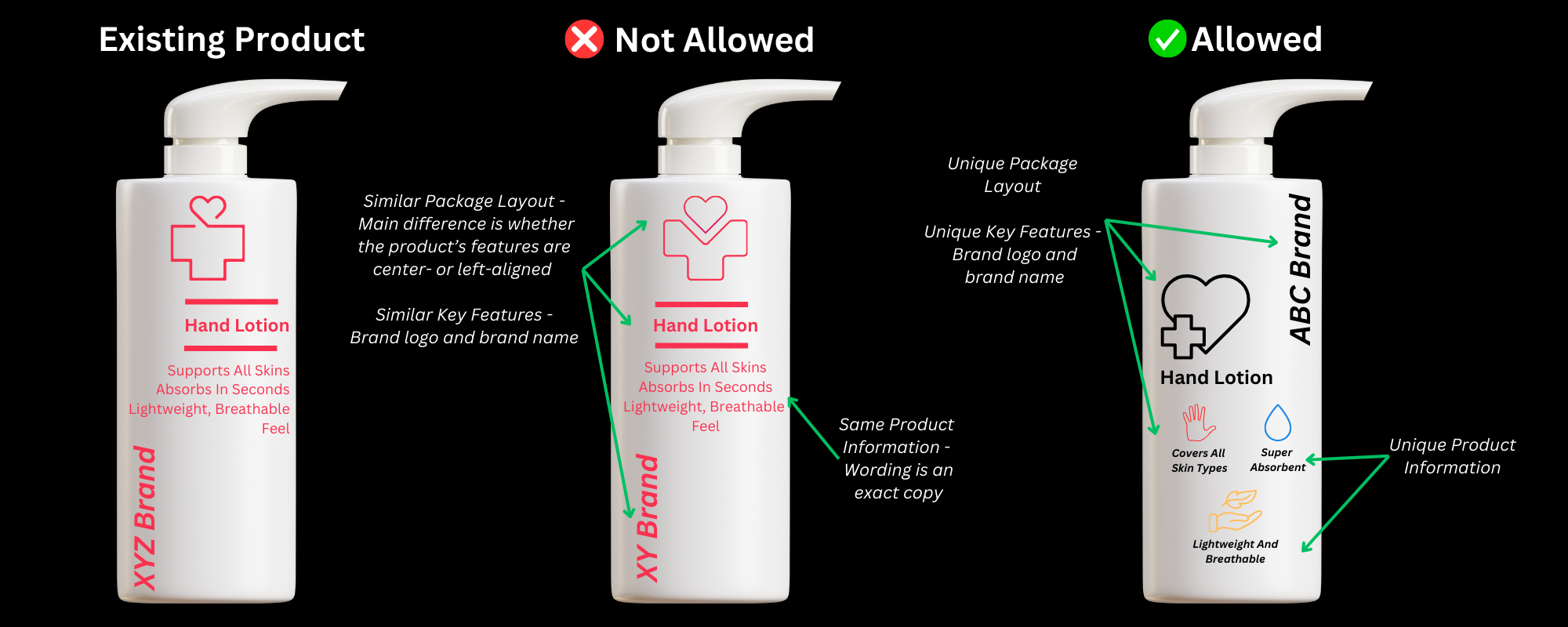
⛔What To Avoid
- Avoid copying or relying on existing product branding, design and packaging when creating your own products. We understand - it's always easier to create something based off an existing idea, but customers are less likely to buy products that create confusion or concern about the source of the product.
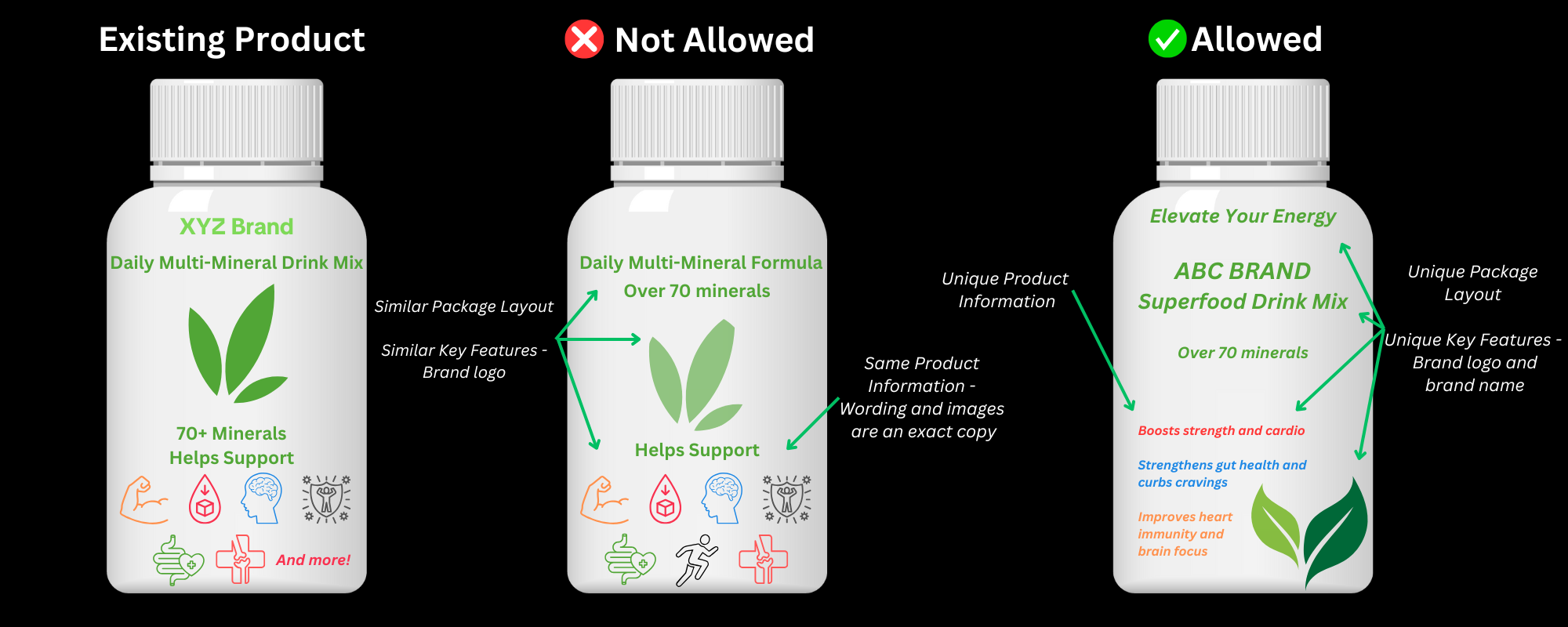
You may also be interested in
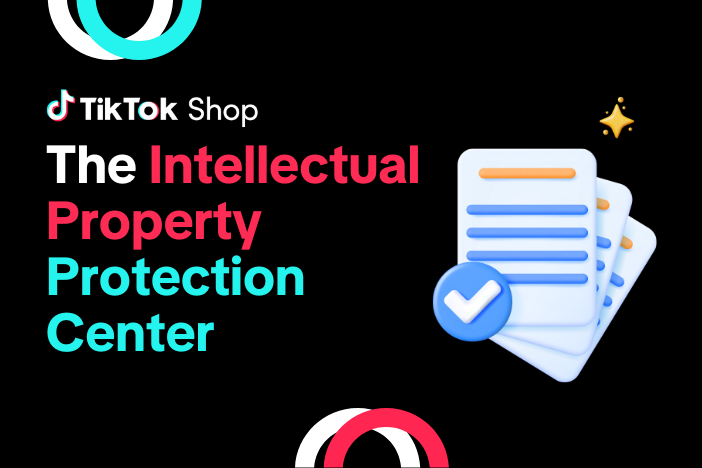
The Intellectual Property Protection Center (IPPC) - How To…
What is the Intellectual Property Protection Center (IPPC)? The IPPC is a platform for Intellectual…
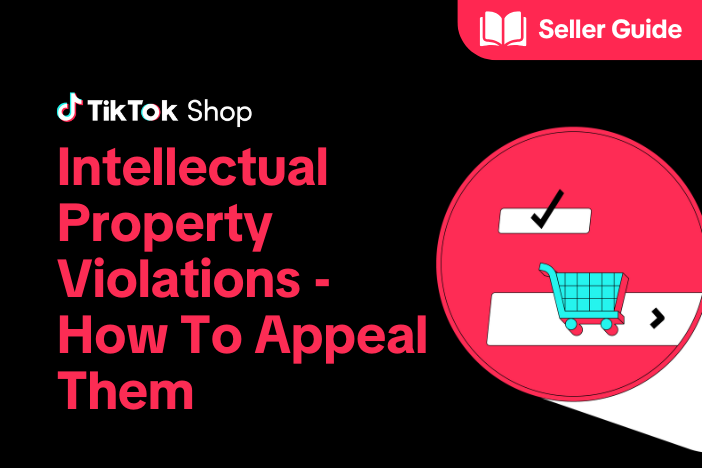
How to Appeal Intellectual Property Violations
Key Points: Appealing intellectual property (IP) violations is like applying for brand authorization…

List with a URL
Note: This feature is currently in beta to a limited set of pre-selected sellers. Introduction: Wh…

Made-to-Order (MTO)
Introduction: What is Made-to-Order (MTO)? Made-to-order is a new listing option available for eligi…

Applying for Category Permission
Introduction Some product categories on TikTok Shop are restricted and require sellers to apply for…
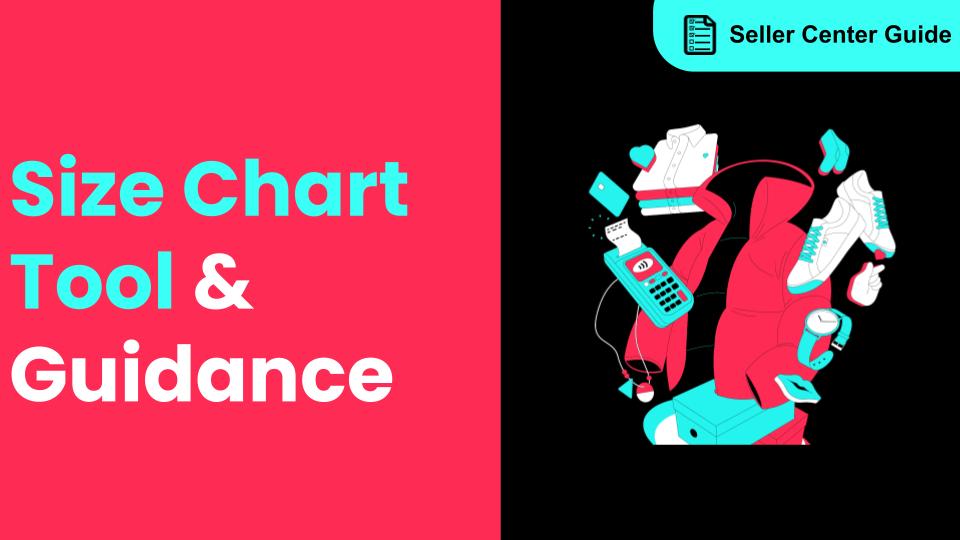
How to Use Size Chart Tool & Guidance
Introduction to our Size Chart Tool With the Size Chart tool, you can now update key sizing informat…

Edit products in your shop
Introduction to editing products in your shop Maintaining accurate and appealing product listings is…

Luxury Resale Products and Uploading Certificates of Authent…
What are Luxury Resale Products? Luxury Resale products are luxury items, including pre-owned luxury…

TikTok for Shopify: Promotions Sync
Overview: Shopify sellers can now sync Promotions/Discounts created on Shopify directly to TikTok Sh…

How to List Dangerous Goods
How do I list Dangerous Goods on my shop? We are launching an improved product listing experience to…